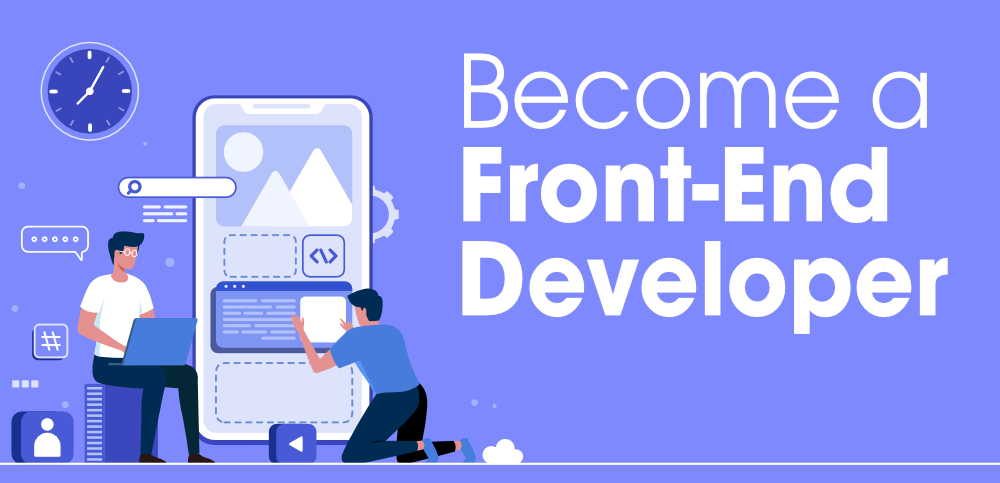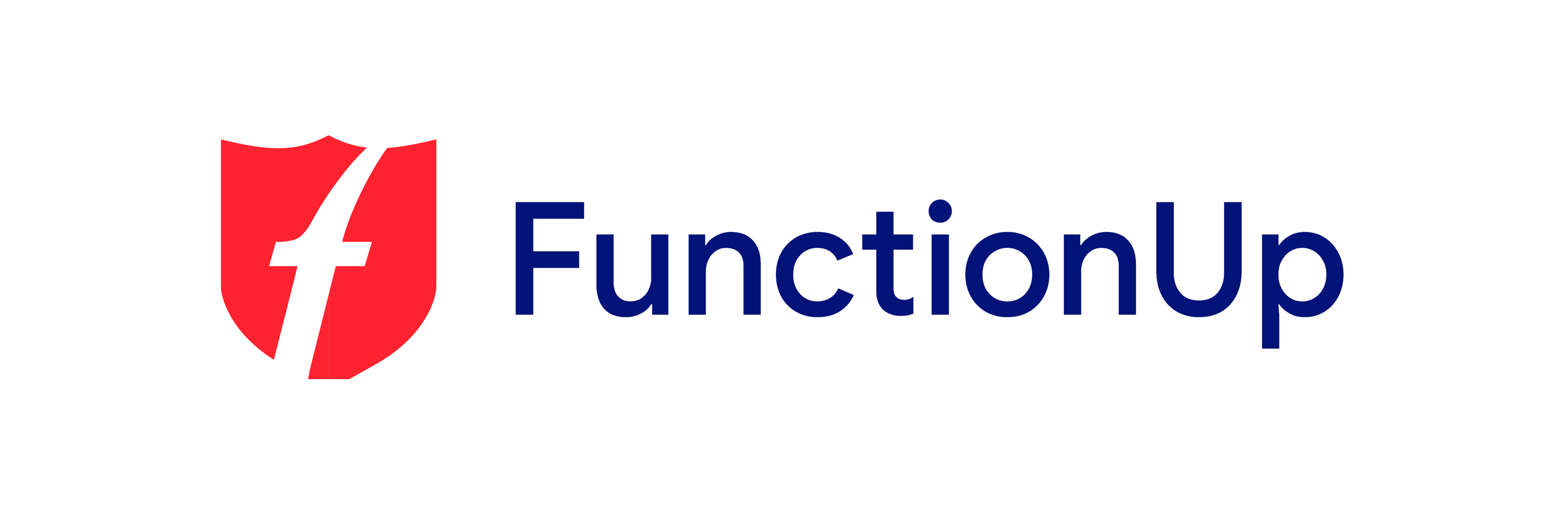
Front-end development is thought of as among the top profitable areas, especially for new ones with no experience in Web development. Because it requires only basic knowledge of HTML, CSS, and JavaScript and a little understanding of servers, many newcomers believe that front-end development is the best way to begin an occupation in full-stack development. But front-end development is broad and covers various methods and tools. Therefore, the interview questions for front-end developers vary in scope and span different areas.
In a technology-driven age, an engineer must be dedicated to coding and efficiently translating clients’ requirements into the application. When conducting any interview with a front-end developer, the interviewer will look for this enthusiasm from the applicants. It’s a fact that the most prestigious IT companies are trying for front-end developers that can create and run interactive and responsive applications for all types of devices while keeping client comfort and simplicity.
If you’re looking for a job as a front-end developer and need to figure out how to prepare for your interview. In that case, you should be reassured since this article will shed some light on the many complicated and confusing questions interviewers will likely ask you. These questions can provide a clearer picture of what employers expect to be aware of. Interview questions for novices and veterans are covered in this post.
What is front-end development?
Frontend development is the term used to describe web development, which focuses on the information that users can see at their own end. It is about altering the code written by backend developers to a graphical interface while ensuring that data is presented in a straightforward and easy-to-read format. If front-end developers were not developed, the only thing one could see on a site or web-based application is unreadable codes. The things you will see when you go to Canva, Facebook, Google Apps and other web applications result from backend and frontend programmers working in tandem.
Here are Front End Developer interview questions and answers suitable for new and veterans looking for their ideal job.
- What kind of skills will an experienced front-end developer have?
Frontend developers use various web technologies to transform their code data into user-friendly web interfaces. A few are Cascading Style Sheets (CSS), JavaScript, HyperText Markup Language (HTML) and many more. The following are short explanations of these technologies which front-end designers should be familiar with.
- HTML
- CSS
- JavaScript
- JQuery
- What is the use of HTML meta tags?
Meta tags are used to pass pairs of names and values.
Meta tags can include data about encoding, document title, character description, etc.
Meta tags can be found inside the head tags of the HTML Head tag on the webpage.
Meta tags aren’t displayed on the web page but are displayed in the browser.
- What is React JS?
A free front-end JavaScript library, ReactJS is used primarily to create user interfaces, particularly for one-page apps. It also handles the view layer in mobile and web applications. React allows programmers to create large web applications that can modify information without loading the page again.
The goal of React is that it is fast, flexible and straightforward. It only works on the application’s user interfaces and is a part of the views in MVC. MVC template. It can be integrated with other JavaScript frameworks and libraries, for instance, AngularJS with MVC.
- What are the benefits of web services using REST?
Below are a few benefits offered by REST Web Services:
- The learning curve process is straightforward since it operates using its HTTP protocol.
- No contract between the client and server is signed, resulting in an application being roughly coupled.
- REST methods can be easily testable using the web browser.
- It also provides multiple technologies to transfer, like images, JSON, XML, text, etc.
- How do browsers display the UI?
The main task of the renderer engine is to display the webpage requested on the browser’s screen. The rendering engines can display XML as well as HTML documents and images. If you’re using additional plugins, these engines may display various documents, such as PDFs.
- Receives the requested document
- Construct the DOM tree
- Construct the CSSOM
- Construct the Render tree
- Layout
- Painting of the Render Tree
- What are Grid systems in CSS?
CSS divides the webpage into grids and uses grids to handle HTML content. With grids, CSS can stack or highlight elements across various grids.
- Define the difference in Class or Prototypal inheritance of Javascript.
In comparison to different programming languages, inheritance is a distinct feature of JavaScript. The object system in JavaScript is prototype-based and not based on classes. In JavaScript, they are just an array of value pairs, along with an identifier (key). In inheritance, JavaScript includes one object as a construct called an object. Each object is an individual property, including an id to another object named its prototype.
- Define the user-centered design.
A process of iterative User-centric design lets designers pay attention to the customers and their needs throughout every design phase. User-centric design requires including users in the design process through various research and design methods to produce usable and accessible products. The user-centred design requires designers to use an amalgamation of creative and research techniques and tools to understand better what users want.
- What is ClickJacking?
ClickJacking is an attack on security in which users are tricked into clicking something, even though they think they’re clicking a different thing. It is usually caused through HTML frames. ClickJacking can also be thought of as user interface reconfiguring. It makes the user believe they’re using an ordinary user interface on the website. However, it is an invisible UI under control. It is the interface that is being redressed. Users who click on a thing assume it will be safe and secure; however, the invisible UI performs a different action.
- What are the three ways to reduce the time it takes to load a page?
There are many factors responsible for reducing the load time of a page. Let’s look at the top three methods to speed up the time to load:
- Image Optimization
- Browser cache
- Compress and optimize content
- StyleSheet Reference at the top
Start your career as a Front-end developer with FunctionUp
If you believe a career as a front-end developer might be the perfect choice for you, begin developing the skills you’ll need for a job at an entry-level through professional mentors from FunctionUp.
Learn about the complete end-to-end Front-end developer in one place; visit our website for more information.
